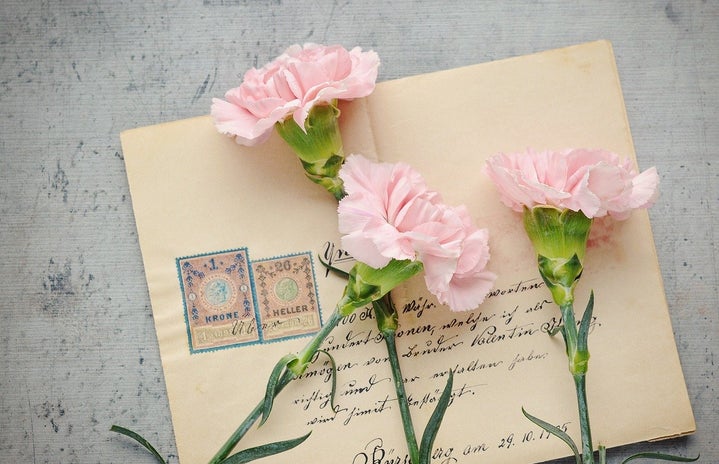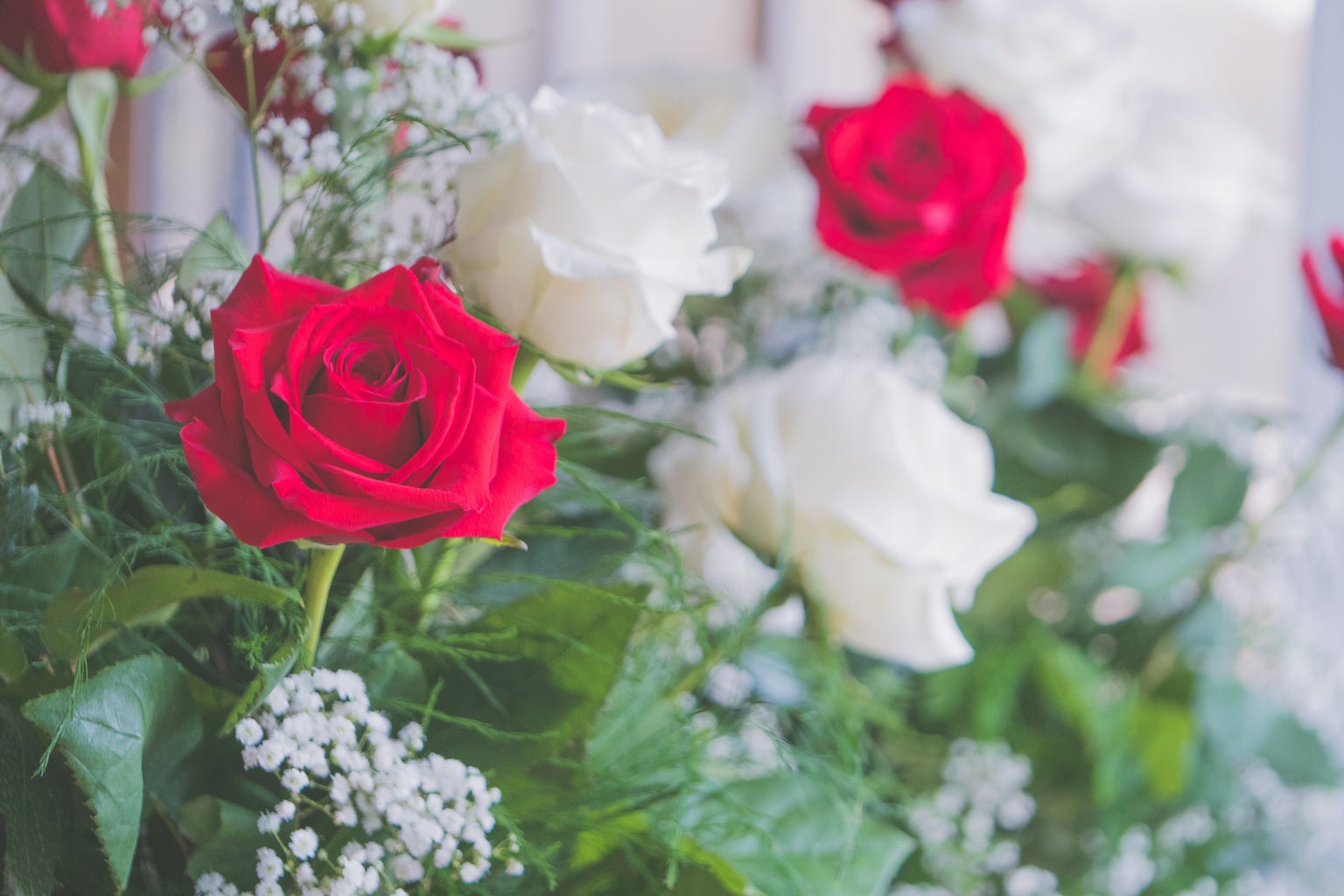To put my obsession with rosewater into perspective, I must regale you with the place where I first discovered it.
While visiting London a few Christmases ago, I decided to explore Fortnum and Masons, a fancy department store. At Christmas, it is especially delightful. Filled with the fragrance of fresh-cut flowers. Lined with beautiful counters, glimmering with fine chocolates, succulent cured meats, decadent cheeses, glittering glace fruit, and other elegant sweets, fresh bread, fine wine and the most wonderful assortment of fine teas I could ever dream of. The top few floors are host to china, silks and perfumes.
It was the perfume section that I will truly never forget. I entered looking for a very specific fragrance that I had never smelled but I knew would be delightful. It is called Escentric Molecules. It changes based on your own scent and is made from Ambrox, which is an ingredient in many perfumes. It has a muscly, truffly, truly seductive scent. Please try it, it does not disappoint.
The salesman who helped me was the dreamiest French fellow I have ever met. He tried desperately to steer me away from what he dubbed “a lesser artificial fragrance” such as this, I bought it anyway, to his chagrin, and love it, but if you cannot afford to shell out hundreds on a bottle of perfume, I have a DIY which he inspired that will enchant your senses. He swore by natural, essential oil-based fragrances, as they are made from the finest blossoms in the world, and masterfully produced. While exploring my favourite scents, we shared the most enchanting moment as he escorted me around the immense hall lined with exquisite bottles. He began to share with me his own favourite scent, telling me he wears a rose scent wherever he goes, that he absolutely adores the stuff. He expects that this is because when his mother was pregnant with him she experienced painful nausea, but as a remedy, she would visit the rose bushes growing outside her delightful French provincial farmhouse, bask in the scent and sunshine, then gingerly gather the blossoms and return home to distill them into rosewater mist which would remedy any nausea she felt. In utero, this man grew to love roses. He grew up in a home surrounded by lavender and rose bushes and is enwreathed in an aura of roses wherever he goes. Now, every time I smell roses I imagine this beautiful French woman, like the Virgin Mary, dappled in the summer sun and kissed by rose petals, not to mention her lovely perfumer son.
Now, I understand it is very hard to live this idyllic life, but we can try, can’t we?
First off, you will need to gather some supplies:
-
5-8 Rose Blossoms*
-
½ cup Distilled Water
-
Ice
-
A pot with a lid
-
A small dish that will fit inside the pot
-
A bottle for the rosewater
*It is gruesome to think how few of us have access to the French countryside’s abundance of elegant rose bouquets, but any flowers will do. Ideally, choose flowers that you know have not been treated or grown with pesticides, as that will leech into your rosewater. If you have a neighbour with a rosebush, ask to steal a few blooms.
Now that you have all the ingredients assembled, begin by placing your clean dish into the pot.
Set the roses in the pot beside (not inside) the dish. You may also choose to add only the petals, rather than the whole flower. I have not found a vast difference in the product using either method, so do whatever you like!
Pour the water into the pot where the roses are (anywhere but the dish).
I am going to emphasize that the dish should be dry and empty at this stage.
Now, place the lid of the pot on the pot upside down. Therefore the lid should be inverted, so the concave shape dips in towards the empty dish, make certain that the lid still fits flush with the pot, without any gaps in between. The upside-down lid acts as a channel for which condensation will be directed into the dish so that the distilled rosewater can be collected.
Place a few ice cubes in the upside-down lid of the pot. As they melt, they cool the lid and help osmosis to happen more rapidly.
Set the pot on the stovetop, bring it to a low-heat simmer for 20-30 minutes, make sure the flowers do not burn, and that the water does not bubble into the clean dish. Enjoy the smell of rosewater wafting through your space.
Once the pot has simmered long enough carefully remove the lid to the pot, ideally with oven mitts as it gets quite hot! Make sure to empty the pool of water (what was ice before).
And voila! Within the dish should be clear distilled rose water, made by you, using a distillation technique, good enough to rival even the most beautiful French countryside batch.
Simply add the clear liquid to a bottle and enjoy! I use it on my skin and to wet my beauty blender.
The petals can be composted after and the residual brown juice leftover is rose tea, I use it when washing my hair, I put it in my bathwater, and I fertilize my plants with it.
Hopefully, this brings you joy!





